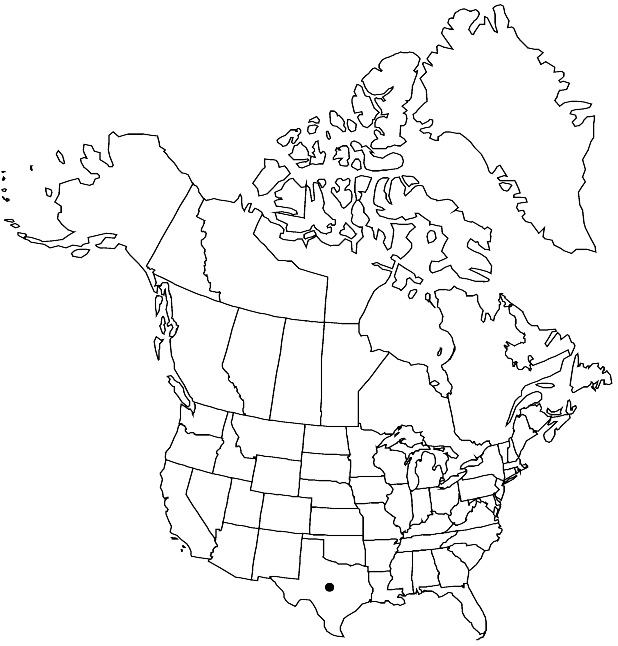Selenia jonesii
Rhodora 33: 142. 1931.
Plants winter-annuals, (not or rarely subacaulescent). Stems (not inflated into crown), ascending or subdecumbent, (0.5–) 1–3 (–4) dm. Basal leaves rosulate; petiole 1–2.5 cm; blade margins 2-pinnatisect, 4–8 cm; lobes 4–11 on each side, (smaller than terminal); apical segment linear to oblong or ovate, 1–6 × 0.5–2.5 mm, margins entire. Cauline leaves (and bracts) similar to basal, smaller distally. Fruiting pedicels: some from basal leaf-axils, (10–) 20–40 (–50) mm. Flowers: sepals spreading, oblong, 4–6 (–7) × 1.5–2.5 mm, apex appendage developed, 0.5–0.8 mm; petals spatulate, 4–7 × 2.5–4 mm, apex rounded or emarginate; median filament pairs 3–4 mm, not dilated basally; anthers ovate, 1–1.5 mm; gynophore 1–3 mm. Fruits globose or, rarely, obovoid, terete, 0.8–1.5 cm × 8–14 mm, (not fleshy, papery), base usually obtuse, rarely cuneate, apex obtuse; valves obscurely reticulate-veined; replum not flattened; septum complete; ovules 8–14 per ovary; style 1–2 (–3) mm, not flattened basally. Seeds 4–5 mm diam.; wing 1–1.5 mm. 2n = 24.
Phenology: Flowering Mar–Apr.
Habitat: Dry lake beds, draws, moist swales, prairie plateaus, playa lakes, buffalo wallows
Elevation: 0-1100 m
Distribution

Tex.
Discussion
Selenia jonesii is endemic to six counties in the western Edwards Plateau. Variety obovata is reduced herein to synonymy because the alleged difference in fruit shape does not hold; it appears to be an artifact of pressing inflated fruit.
Selected References
None.
Lower Taxa
"elongated" is not a number."thick" is not a number."dm" is not declared as a valid unit of measurement for this property."dm" is not declared as a valid unit of measurement for this property.